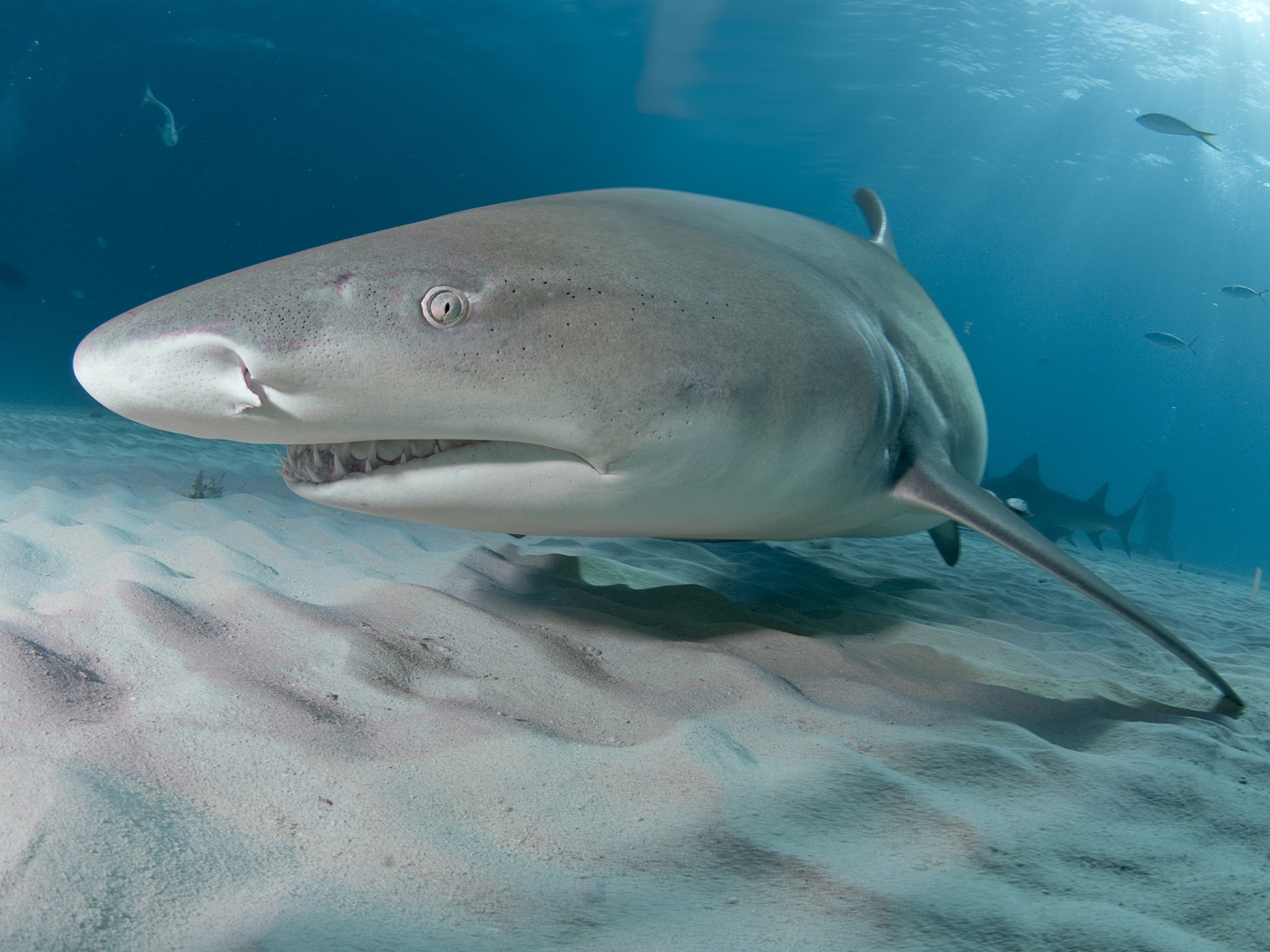While recently walking on sidewalks in my neighborhood with my wife, I observed Canada geese, rabbits, mallards, mourning doves, and a couple of roadrunners. Roadrunners are speedy pest-control neighbors, limiting local snake populations. So it is always good to see them patrolling the neighborhood.1
Yet, sometimes roadkill on streets in rural or semi-rural neighborhoods reveals that opossums (in Texas often called “possums”) live secluded lives not that far away, typically in wooded patches and brush-dominated thickets.
However, we should be encouraged to see evidence that opossums live in or near our neighborhoods. In fact, there are advantages to human health if nearby forests host healthy opossum populations. Opossums, like roadrunners, eat pests that are dangerous to humans.
Being careful with God’s creation is a win-win situation, and it’s the right thing to do. When we act responsibly as good stewards of God’s creation, we end up benefiting ourselves as well as multifarious animals that God has created.
Not that we should be surprised! It makes perfect sense that God would balance blessings to mankind with blessings for the rest of His animate creation, including His many creatures of the air, on the land, and in the sea.2
Secular-minded ecologists have noticed this interdependent win-win interrelationship—of people and animals sharing the same inextricably intertwined ecosystem and benefitting one another in the process. The ecologists recognize the valuable mutualism that inextricably intertwines Earth’s biodiversity, such as how human health benefits when the environment itself is treated responsibly.
However, secular-minded ecologists often ignore how those same relationship benefits are practical evidence of God’s well-planned, preprogrammed, and caring providence.3
Protecting the environment is usually easier to the extent we can link it to human health concerns. The tough federal Clean Air Act, for example, has been driving the Chesapeake Bay cleanup by reducing nitrogen pollution from dirty air; but the real impetus for the law is the U.S. Environmental Protection Agency’s estimate that it’s saving more than 160,000 human lives each year.
A far tougher sell has been promoting biodiversity, by maintaining and restoring the full suite of plants and animals and natural habitats that are under assault here and globally. “But what if the loss of biodiversity made you sick … made you and your family more likely to be exposed to infectious diseases?” asks Richard Ostfeld in his groundbreaking 2011 book, Lyme Disease: The Ecology Of A Complex System.3
A far tougher sell has been promoting biodiversity, by maintaining and restoring the full suite of plants and animals and natural habitats that are under assault here and globally. “But what if the loss of biodiversity made you sick … made you and your family more likely to be exposed to infectious diseases?” asks Richard Ostfeld in his groundbreaking 2011 book, Lyme Disease: The Ecology Of A Complex System.3
Food webs, as well as disease control, involve tricky balancing acts. God has designed many checks and balances (“dynamic equilibria”) in the world of nature, because God cares about our need for good food and good health.2
But what does Lyme disease have to do with being respecting the biodiversity that God designed for His creation? Could humans get bitten by Lyme-disease-bearing ticks more frequently than normal, because our properly balanced ecosystem’s “checks and balances” are missing or depleted?
To answer that question, scientifically, it is necessary to learn what animals bear the ticks that carry Lyme disease-producing bacteria. However, the empirical research needed to learn this cannot be done overnight. Ecologist Tom Horton describes the process,
For more than two decades, Ostfeld and his colleagues at the Cary Institute of Ecosystem Studies in south-central New York’s Dutchess County have live-trapped hundreds of woodland mammals, and painstakingly counted the blacklegged ticks on each that transmit Lyme [disease] to humans. That often involves holding the animals—from mice to possums, squirrels to shrews [or deer, etc.]—in captivity on screens over pans of water for days, until all the ticks on them drop off to be identified....3
Many other factors complicate the process.
However, one thing we know is that, every week, opossums eat thousands of blacklegged ticks that transmit Lyme disease! So, we should appreciate the humble opossums—and thank God for them. God has been quietly, indirectly promoting human health by providentially employing opossums to gobble up blacklegged ticks.
Many, O Lord my God, are Your wonderful works which You have done; and Your thoughts toward us cannot be recounted to You in order; if I would declare and speak of them, they are more than can be numbered.4
So…don’t get “ticked off” if you see an opossum visiting your backyard!
References
1. Johnson, James J. S. 2017. Rats, Rabbits, and Roadrunners: Fitted to Fill. Acts & Facts. 46(7):21.
2. See, accord, Deuteronomy 22:6-7 (Mosaic law promoting avian wildlife conservation) and Deuteronomy 20:19-20 (Mosaic law prohibiting irresponsible deforestation).
3. Quotations taken from Horton, T. 2016. Prepare to Be Ticked Off When Messing with Biodiversity. Chesapeake Bay Journal. 26(9): 33. Emphasis mine. Citing Ostfeld, R. 2012. Lyme Disease: The Ecology Of A Complex System. Oxford University Press. For a thorough introduction to the Virginia Opossum, see Morgan, A. All about Opossums. Wildlife Rescue and Rehabilitation. Posted on wildliferescuerehab.com.
4. Psalm 40:5.
*Dr. Johnson is Associate Professor of Apologetics and Chief Academic Officer at the Institute for Creation Research.

















